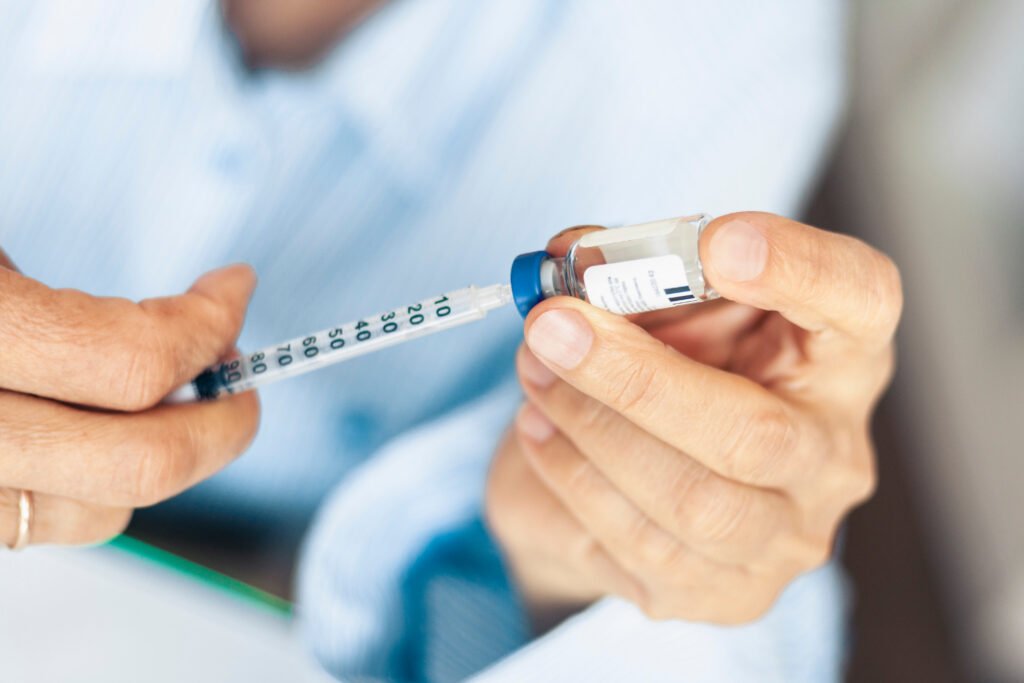Approximately 8.4 million people suffer from diabetes type 1 worldwide. The condition occurs when the pancreas is unable to produce enough insulin to support bodily functions. Patients typically source insulin through an injection or pump to make up for the deficiency.
Lantidra is a new medication approved by the Food and Drug Association (FDA) in late June 2023. It is the first allogeneic pancreatic islet cellular therapy made from the pancreatic cells of deceased donors.
Studies have shown that 21 participants that used the medication did not need to inject themselves with Insulin for a year or more. Twelve participants did not need insulin administration for five years, and nine did not require an injection for more than five years.
Who Should Take Lantidra?
Lantidra is recommended for people with type 1 diabetes who experience repeated episodes of low blood sugar and are unable to reach healthy blood sugar levels despite treatment and management efforts.
“A subset of patients with type 1 diabetes cannot control their blood sugars, despite (the) best use of (the) best available insulin delivery technology and expert care,” explains Prof. Jose Oberholzer, ordinarius and chair of the Department of Visceral and Transplant Surgery at the University of Zurich, Sweden who was also the lead researcher on the Lantidra clinical studies.
“For those patients, recurrent low blood sugars can make their lives (difficult) and lead to potentially life-threatening situations. For these patients, an islet cell transplant can offer great (relief) and can be considered life-saving,” he went on to say.
How Does the Therapy Work?
Lantidra uses cells from organ donor pancreases. Oberholzer explains the process saying, “The donated pancreas is digested in a special chamber using specific enzymes that allow (it) to break the islets out of their natural environment.
In (a) subsequent process, the insulin-producing islets are purified from the rest of the pancreatic tissue using a density gradient. Once the islets are isolated, purified, and put for a short time in cell culture, the cell preparation is infused into the liver of the recipient,” he said.
Dr. Zujian Chen, associate professor in the Division of Endocrinology at Mount Sinai Health System, who was not involved in the study, explains what happens to people who receive Lantidra therapy.
“Broadly, islet cellular therapy is the transplantation of insulin-producing cells into patients (who) do not have functional islet cells of their own,” he explains.
“The cells then replace the function that was lost when the patient developed type 1 diabetes. It is different when compared to conventional insulin therapy, which requires patients to inject themselves with insulin multiple times a day,” he went on to explain.
Dr, Christian E. Nasr, clinical professor at the University of Arizona Medical College Phoenix and Chief of Endocrinology at Banner University Medical Group, who was also not involved in the study, explains the administrative process.
“Lantidra is administered by an infusion into the body’s portal vein, the big vein that collects blood for the intestines and the pancreas and channels it into the liver,” he explained.
“Unlike donor’s blood marrow cells that can find their ‘home’ in the recipient’s bone marrow, the islet cells cannot find a home if infused through the peripheral venous system.
“One creative way of overcoming that has been to infuse these cells through a portal vein and they will nest in the liver where they can survive, obtain blood supply, and respond to ambient glucose by producing appropriate concentrations of insulin to keep the glucose from rising, and therefore leading to insulin independence. Access to the portal vein requires a surgical procedure.
“To prevent the rejection of the islets by the host’s immune system the recipient has to take transplant drugs, similar to organ transplant recipients,” he went on to say.
Does Landitra Work?
Studies testing Landitra’s efficacy have shown positive results. Two studies of 30 participants who received one to three infusions found that 21 of those involved could stop injecting insulin for a year or more. Of the 21, twelve did not require insulin for one to five years, and nine did not require insulin for more than five years.
Does Landitra Have Side Effects?
Landitra can produce side effects. The most common include diarrhea, fatigue, nausea, abdominal pain, and anemia. Adverse reactions can also occur due to the immunosuppressant drugs patients must take to prepare for the treatment.
Opening the Door for More Treatments
Many researchers are excited about Landitra and feel it could open the door for other diabetes 1 treatments.
“This gives clinicians another option in the management of patients with ‘brittle’ diabetes, a particularly difficult case scenario where patients are at risk for severe hypoglycemia due to conventional treatment,” Dr. Chen stated.
“In addition, Lantidra’s approval can lead to future development of ‘cures’ for type 1 diabetes, as well as possible application in patients with type 2 diabetes.

